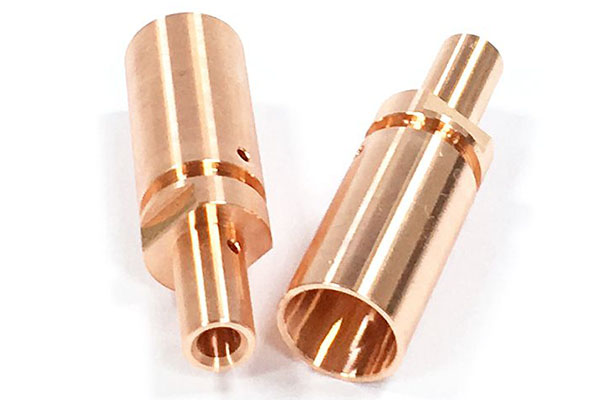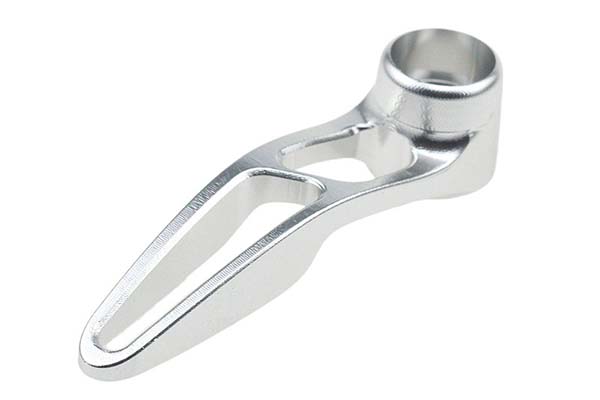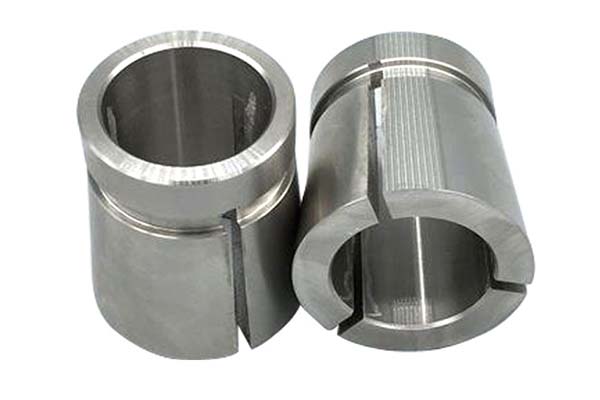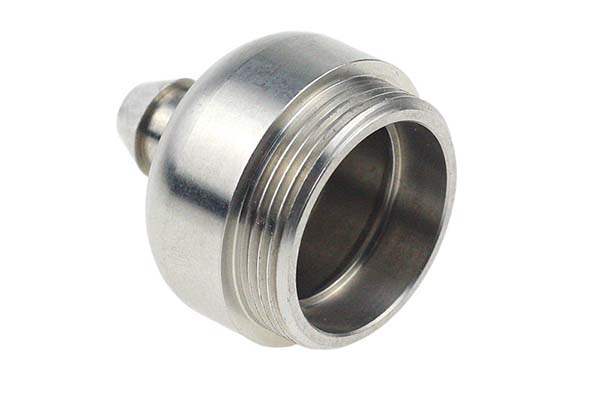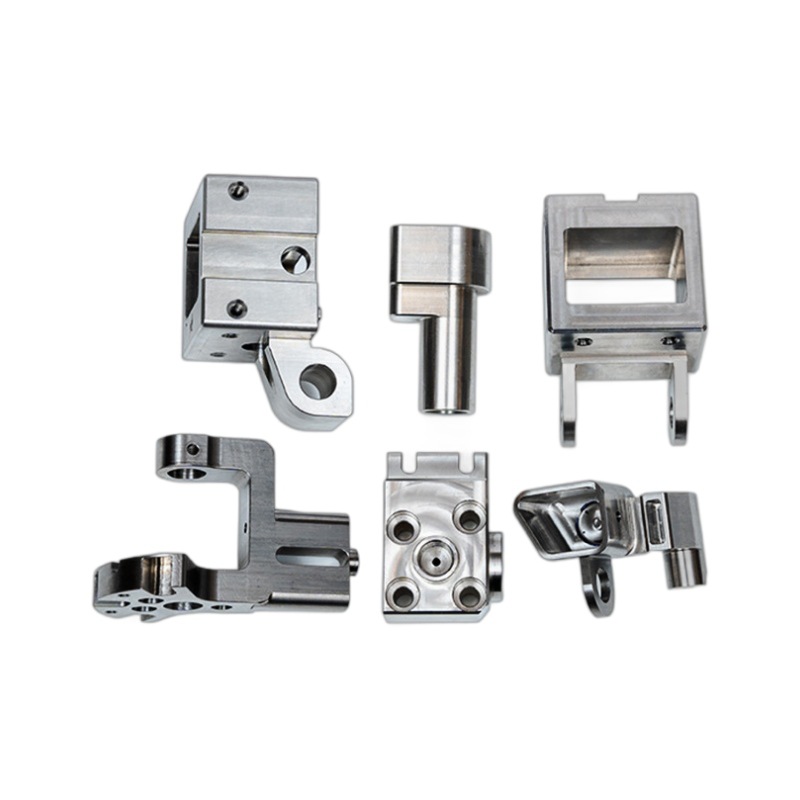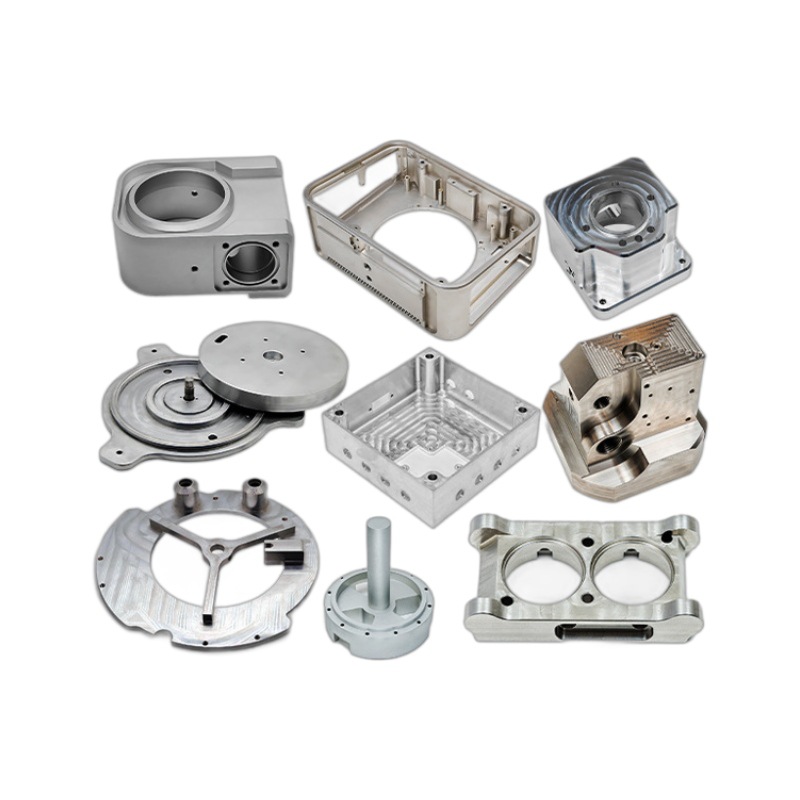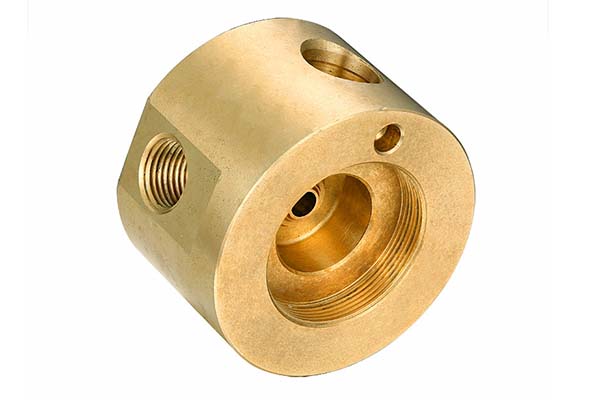C51000 (Phosphor Bronze A) is a high-performance alloy valued for its spring properties and conductivity, but machining it presents unique challenges. Its high tin content and varying tempers make it prone to work-hardening, leading to poor surface finishes, rapid tool wear, and difficulty maintaining tight tolerances. This guide addresses these pain points, providing expert strategies to master CNC machining of C51000.
Alloy Identity & Composition
C51000 bronze, commonly known as phosphor bronze A, is a wrought alloy with a precise composition: 94–96 % Cu, 4.2–5.8 % Sn, and 0.03–0.35 % P. This lead-free copper alloy is recognized under standards such as UNS C51000 and ASTM B103, ensuring consistent quality for critical applications.
As a wrought phosphor bronze, it is produced through rolling, drawing, or forging, which enhances its mechanical properties. The tin content improves strength and corrosion resistance, while phosphorus acts as a deoxidizer and strengthens the alloy. However, this composition also makes it challenging to machine—tin increases hardness, and phosphorus can make the alloy brittle if not properly processed.
| Element | Composition Range |
| Copper (Cu) | 94–96 % |
| Tin (Sn) | 4.2–5.8 % |
| Phosphorus (P) | 0.03–0.35 % |
Mechanical & Physical Properties
C51000 phosphor bronze offers a wide range of mechanical properties, primarily determined by its temper (hardness level). Its UTS (Ultimate Tensile Strength) ranges from 47–105 ksi (H02 to H08 tempers), with yield strength at 18–90 ksi and elongation decreasing from 45–10 % as temper increases. This versatility makes it suitable for both flexible components (e.g., bellows) and high-strength parts (e.g., spring terminals).
Hardness varies with temper, measuring HRB 30–95, with higher tempers (H08) approaching the hardness of low-carbon steel. With a density of 8.86 g/cm³, it is slightly denser than pure copper, providing good mass for vibration-damping applications.
Electrical conductivity is moderate at 15 % IACS, making it ideal for electrical contacts and terminals. The modulus of elasticity is 16 Msi, ensuring stiffness for spring applications, while fatigue strength and spring temper (H04–H08) make it a top choice for components requiring repeated deflection, such as switch parts and musical instrument springs.
Machinability & Recommended Practices
Machinability Rating and Tool Selection
C51000 has a machinability rating of 20 % compared to free-machining brass (rated at 100 %), highlighting its challenging nature. Carbide K20-K30 inserts are preferred for most operations, as their hardness resists wear from tin particles. TiCN/AlTiN coatings further extend tool life by reducing friction and preventing work-hardening of the alloy.
For high-tempers (H06–H08), PCD (polycrystalline diamond) tools are recommended for finishing passes, as they maintain sharp edges longer when cutting through work-hardened surfaces.
Cutting Parameters
- Cutting speed: 60–120 m/min (lower speeds for higher tempers). H02 temper can handle 100–120 m/min, while H08 requires 60–80 m/min to avoid excessive tool wear.
- Feed rate: 0.03–0.10 mm/tooth. Faster feeds risk work-hardening, while slower rates may cause rubbing and heat buildup.
- Depth of cut: 0.1–1 mm. Shallower depths (0.1–0.3 mm) are critical for finishing to achieve Ra 0.1–0.5 µm, especially in spring temper materials.
Coolant and Vibration Dampening
Flood coolant is essential to dissipate heat and flush away chips, preventing work-hardening. A water-soluble coolant with good lubricity (5–10 % concentration) works best for reducing friction.
Vibration dampening is crucial, as C51000’s spring properties can amplify chatter, leading to poor surface finishes. Using rigid toolholders, tuned boring bars, or machine dampers minimizes vibration, especially when machining thin-walled parts like diaphragms.
Surface Finish & Dimensional Accuracy
Ra 0.1–0.5 µm Finish and Tolerances
Achieving Ra 0.1–0.5 µm requires sharp tools and light finishing passes. For mirror finish passes, PCD tools with a 0.01 mm edge radius and feed rates of 0.02–0.05 mm/rev deliver exceptional results, critical for electrical contacts where surface smoothness affects conductivity.
C51000 holds ±0.005 mm tolerance when machined with precision setups, essential for flexible bellows and aerospace clips where dimensional consistency ensures proper functionality.
Burr-Free Edges and Inspection
Burr-free edges are challenging due to the alloy’s ductility, especially in low tempers (H02–H04). Using tools with positive rake angles (10–15°) and micro-deburring (e.g., ultrasonic cleaning with abrasive media) ensures clean edges, preventing short circuits in electrical components.
CMM inspection verifies dimensions, while measuring roundness <0.8 µm ensures smooth operation in bearing cages and bushings. Surface integrity checks (via eddy current testing) confirm no micro-cracks are present in high-fatigue applications like springs.
Applications & End-Use Industries
Electrical Components
Electrical contacts and spring terminals rely on C51000’s conductivity and spring properties, ensuring reliable current flow and consistent force. Switch parts benefit from its fatigue strength, withstanding millions of cycles without failure.
Mechanical and Flexible Parts
Flexible bellows and diaphragms use low-tempers (H02–H04) for their ductility, while bearing cages and bushings leverage higher tempers (H06–H08) for wear resistance.
Specialty Applications
Musical instrument springs (e.g., in brass instruments) depend on its consistent spring temper, producing reliable tone and response. Aerospace clips and precision stampings use its strength and dimensional stability for critical assemblies.
Yigu Technology’s Expertise
Yigu Technology specializes in CNC machining C51000 (Phosphor Bronze A) across all tempers. Our expertise in tool selection, vibration dampening, and coolant management ensures parts meet ±0.005 mm tolerance and Ra 0.1–0.5 µm finish requirements. Whether for electrical components or precision springs, we deliver high-quality C51000 parts tailored to your application.
FAQs
- Why does C51000 work-harden so easily?
Its high tin content (4.2–5.8 % Sn) causes rapid work-hardening during machining, as tin atoms disrupt the copper lattice, increasing hardness and reducing ductility. This requires sharp tools and light cuts to avoid surface degradation.
- Can C51000 be machined in spring temper (H08) without cracking?
Yes, but it requires slow cutting speeds (60–80 m/min), sharp carbide inserts with AlTiN coating, and minimal depth of cut (0.1–0.3 mm) to prevent cracking in this high-strength temper.
- How does C51000’s conductivity compare to other bronzes?
With 15 % IACS conductivity, it outperforms aluminum bronzes (10–15 % IACS) and silicon bronzes (5–10 % IACS), making it a better choice for electrical applications where conductivity and spring properties are both critical.
